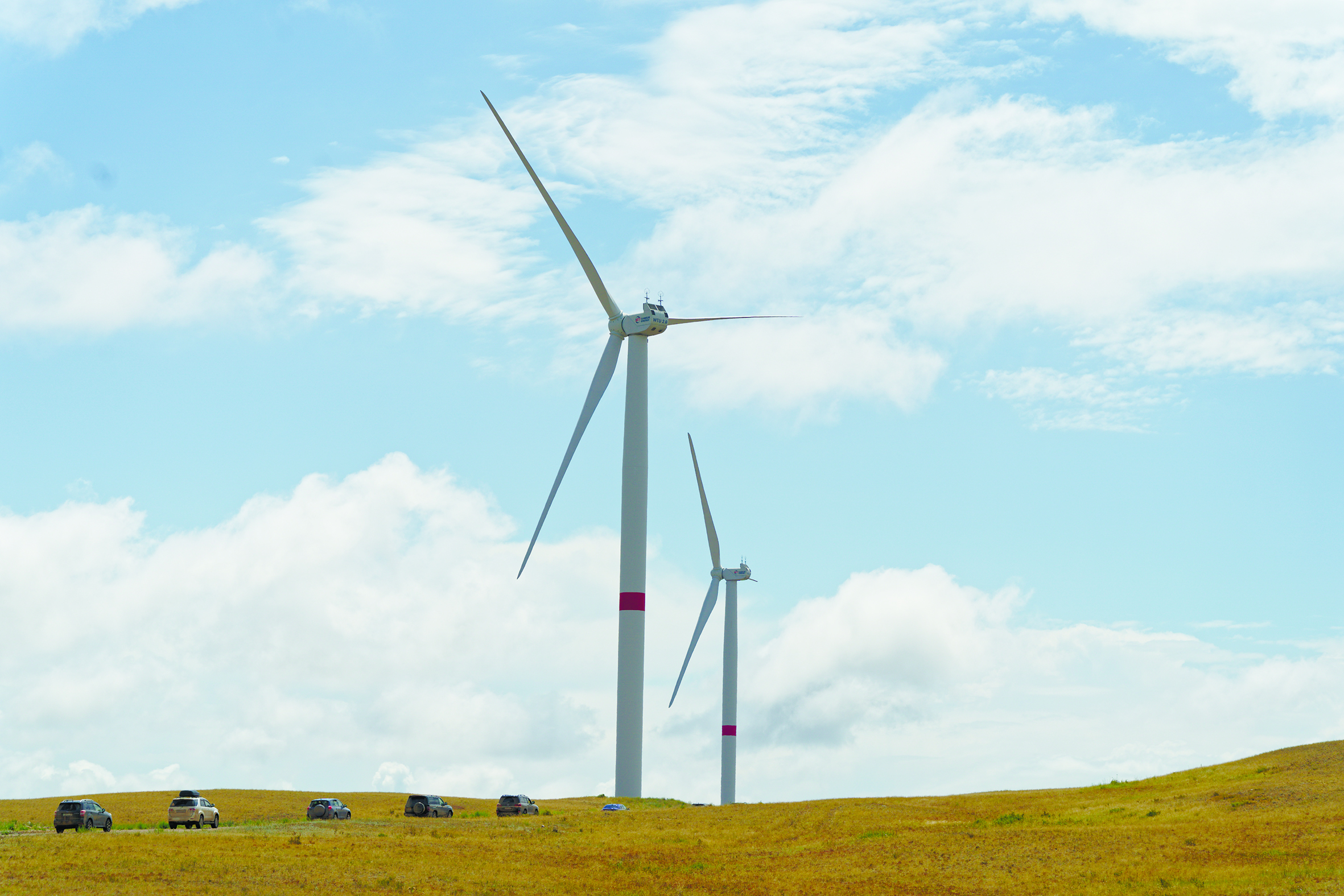World News19.03.2025
Scientists call for wind turbines to be repainted to reduce insect attraction

QAZAQ GREEN. Wind turbines are typically painted white to prevent overheating and ensure visibility for pilots. However, the energy industry has largely overlooked another crucial factor: insects. And as it turns out, they play a bigger role than expected, writes TechInsider.
The interaction between invertebrates and wind power is not well understood. What is known, however, is that insects are naturally drawn to lighter-colored objects. To test whether this applies to wind turbines, a team of researchers from the University of Wyoming conducted an experiment in 2023. They placed shield-like structures in a field, designed to mimic the shape and color of wind turbine towers.
The results were striking: tall, white objects resembling turbine poles attracted significantly more insects than other colors. Purple and blue also proved to be particularly attractive.
Why this is a problem
Scientists warn that excessive insect buildup can reduce energy efficiency. The leading edges of turbine blades become coated with flies, beetles, and bees that collide with them, disrupting aerodynamics and reducing electricity generation.
There are also environmental concerns. By drawing in large numbers of insects, wind turbines interfere with their natural behavior. Additionally, birds that feed on these insects are lured closer to the spinning blades, putting them at greater risk of fatal collisions.
The solution
A simple fix could be to change the color scheme of wind turbines, at least in part. Research shows that flying insects are least attracted to shades of green, orange, and yellow, as well as light and dark gray tones. Painting just the lower 10–20 meters of turbine towers in these colors could significantly reduce insect attraction.
“Nobody really considers insects when designing wind turbines—but they should,” says Madison Crawford, lead author of the study. “Insects on turbine blades can cut power output by up to 50% when wind speeds exceed 26 mph (about 40 km/h). If we can reduce insect buildup, we’ll generate more electricity and keep birds safer. This is a potential win-win worth exploring.”
The study, conducted by the University of Wyoming, has been published in the peer-reviewed journal Western North American Naturalist.
Kazakhstan and UAE reaffirm strategic energy partnership with 1 GW wind project
Solar becomes EU’s top power source for the first time ever
How decentralised renewables transform healthcare services in rural Zimbabwe
Chinese company to build solar and wind power plants in Kyrgyzstan
Seaturns raises €2.45 million to industrialize wave energy technology and accelerate global rollout
Trump signs executive order to end subsidies for wind and solar energy
Uzbekistan's solar and wind power plants generate 5 Billion kWh since beginning of the year
Green Corridor Alliance JV registered in Baku to promote green energy development in Central Asia and the South Caucasus
In the EU renewable energy supply grew by 3.4% in 2024
IRENA accepting renewable energy project proposals in Central Asia until August 15
Astana to host Electronica Expo Kazakhstan Electronics Exhibition
WB gives rundown of Azerbaijan's green energy grid volume prospects
US solar sets new records as renewables nearly match natural gas – EIA
‘Wings’ on poles: Bill Gates-backed breakthrough wind turbine facility breaks ground
Perovskite tandem solar cell achieves new efficiency record
Kazakhstan and China endorse draft SCO joint statement on sustainable energy development
Innovative research on organic solar cells for space applications
Kazakhstan and Uzbekistan drive green energy progress in Central Asia
KazMunayGas launches pilot green hydrogen project in Atyrau
How private homeowners in Kazakhstan can make money from solar panels











